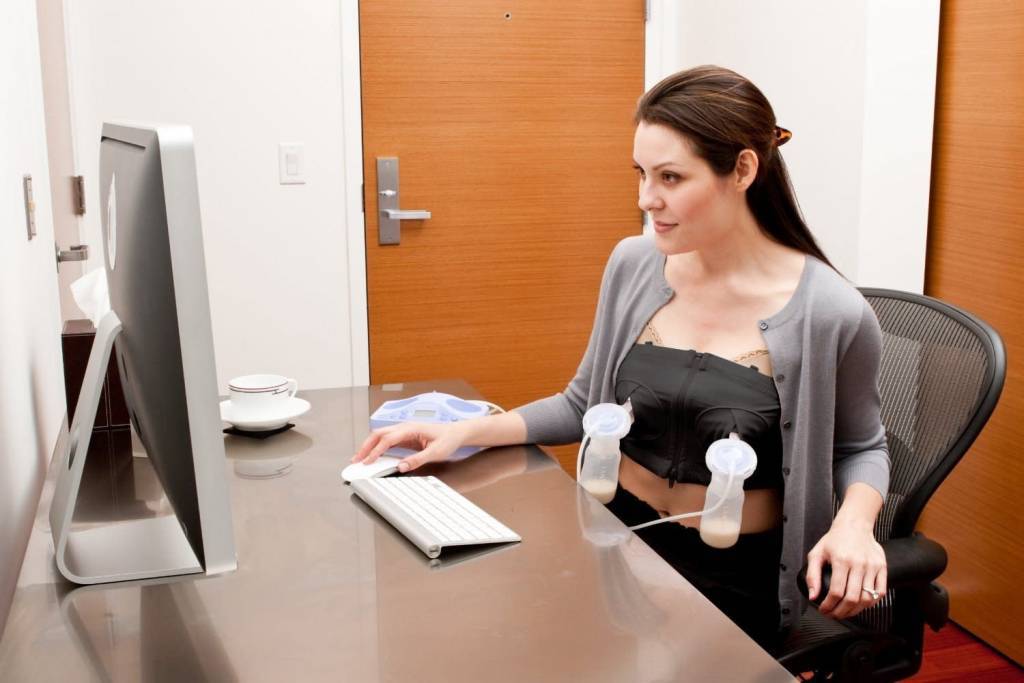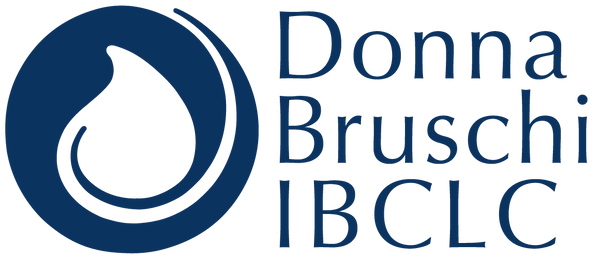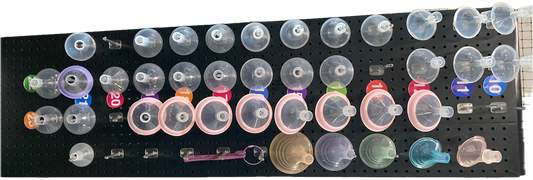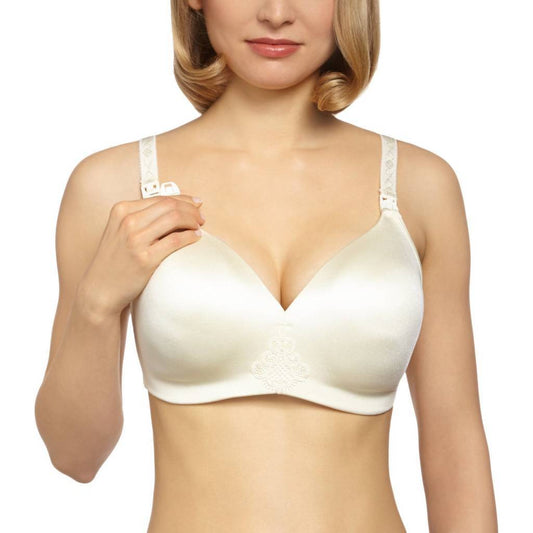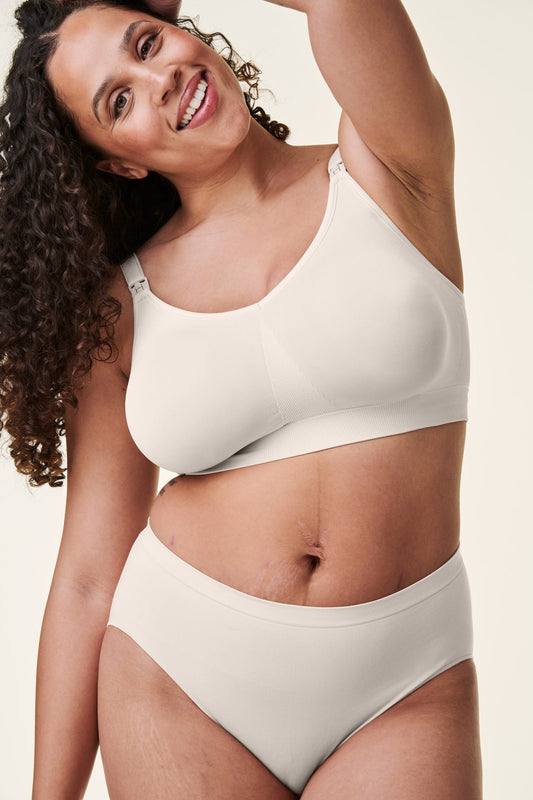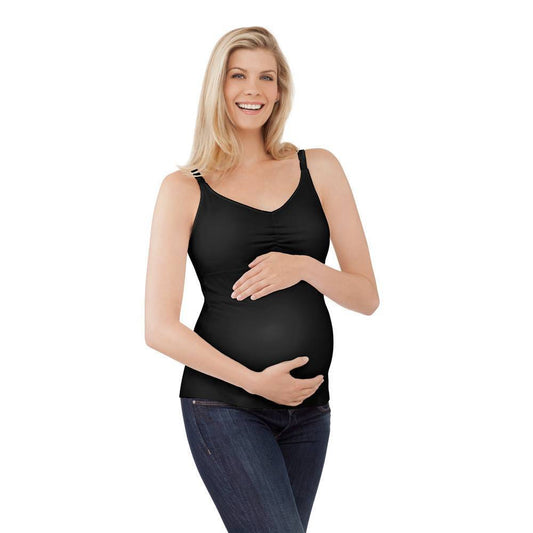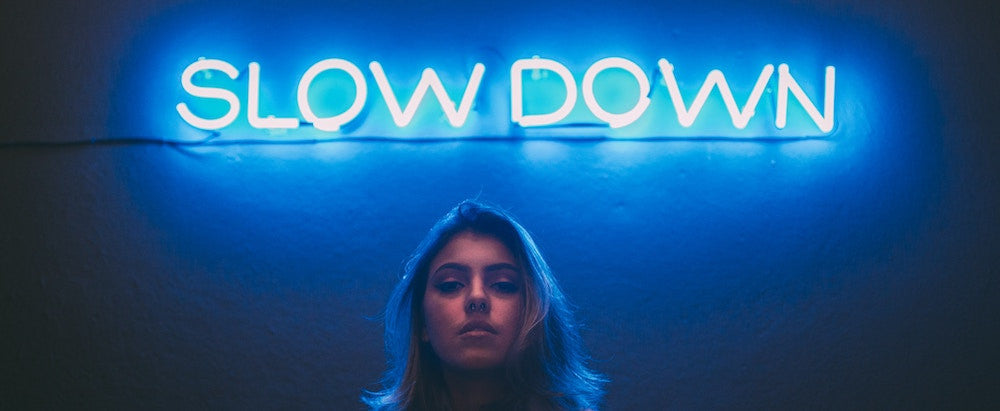
When painful breasts = mastitis
Share
"I had a c-section. Surprisingly, I felt pretty good during the first week. Except for my nipples, they were so sore, they felt like hot coals. I thought that that was the worst thing that could happen, until one morning, I woke up with incredible pain in my breast as well."
When Cassie's baby was 8 days old, she felt like she had been run over by a bus.
Despite a long labor and an unplanned c-section birth, she had felt pretty good up until that point. The previous day she had been to the store, and to the pediatrician, and, because nursing was not going well, to a lactation consultant. Her baby was not having enough wet diapers, and she had painfully sore nipples.
That morning, she woke up to painful breasts as well, and over the course of a day, developed angry red streaks on her left breast and redness near the nipple on her right side.
Cassie had developed mastitis.
Mastitis is defined as an inflammation of the mammary gland. It is a common problem among breastfeeding mothers. Feeling exhausted, aching muscles and fever mimic the flu, but the red-streaked breasts and tender spots make mastitis unmistakeable. Although there are several contributing factors, the most common one is irregular milk removal.
I'm sure you have munched a cheese stick, or two, in your day.
Human milk is like all milk. Over time, warmth and the beneficial bacteria in it will ferment and thicken the milk causing curdling. If you have plugged ducts and/or mastitis, you now have a cheese stick factory in your breasts. If you only breastfed, you would never know this. But, if you hand express, or pump into a container, you can see the string cheeses. While this may seem disgusting to you, it's just the facts, and there is nothing wrong with you, or your milk.
But, keep this visual handy because it's important in resolving mastitis.
Irregular milk removal is one cause of mastitis.
- Your milk production may be abundant and your baby can't remove it all.
- Your baby may not be efficient at milking your breast, leaving some areas full.
- Your nipples may be sore and you are avoiding feedings.
- You may have slept a luscious 8 or 10 hours and skipped 3 or 4 feeds.
- Your bra, tank, swimsuit, diaper bag, seatbelt, overfull breast, lymph, a bruise, etc. could be pressing into milk ducts, cutting off flow
- You could be sleeping on your breast, preventing flow.
- Your baby can be overtired, teething, sick, fussing and not nursing the same as usual
Other causes of mastitis are general inflammation (think of your breast being sick) from other bacteria (like strep) and viruses (like COVID and Flu.)
And a contributing factor is exhaustion.
Most mothers who develop mastitis are trying to do too much. And often skipping pumps or feeds. Even skipping a nap may bring on mastitis because your body needs time to rest and repair from birth. Recovery takes a lot longer than you might guess. A year or two to feel your best is common.
It's not that breastfeeding is draining you, though it can be if it hurts.
Being in constant pain is exhausting. And, not sleeping enough at night, and not napping and resting during the day, is what tanks your immune system. (It can also make you feel weepy, frustrated and cray-cray, but that's a topic for another article.)
Your body just created your baby, and is continuing to nourish your growing baby, while you are eating, sleeping, cooking, cleaning and driving to doctor's appointments. (And staying up late at night scrolling your phone.)
Your body is making compromises when it has to.
Your immune system is working hard to make immune factors. Your blood is helping to make milk. Water goes to your breasts first, and to you, second. Your bones are sending calcium to your breasts. Oh, and you are still patching up your uterus, tears and incisions. Probably, mold or allergy season is starting. You get the picture!
When "ho-ho-ho" leads to woe-woe-woe.
Mastitis is most common during the holidays, when holiday pressures pile onto an already stressed situation, but it can happen anytime you are breastfeeding. Remember that time you went to your BFF's wedding without your baby, and didn't pump because you were just having too much fun? Another cause.
Maybe you are trying to unpack all the boxes at your new home? Maybe you took a quick little jog and forgot to change out of your sports bra until you went to bed?
If you thought your silicone breast milk collector was the bee's knees, you may have induced an overabundant milk production, which is now causing backup production and plugged ducts.
Mastitis can come on rather unexpectedly the first time.
You may notice a hard lump of milk before full blown mastitis sets in, or you may not. But you won't mistake the exhaustion, fever, breast pain and throbbing for anything but mastitis.
Self-care is a must, but it might not be enough.
Healing mastitis includes regular milk removal, especially on the painful side, canceling all activities and going to bed. You should continue to express, pump and nurse regularly to prevent worsening. Drop both sides of your bra and let the painful side leak into a towel as you nurse on the healthier breast.
Drink plenty of water, and maybe take ibuprofen.
Hot and/or cold compresses can relieve soreness and swelling. This is a situation where you can alternate or use whatever feels better. Generally you use cold on the painful area to reduce inflammation and warm to help your milk flow when you nurse.
When abundant milk production is a contributing factor, continue removing milk, even though you think it's causing you to make even more. Cold compresses and careful reduction of feedings after the crisis will help you return to a normal production.
There are some who recommend ibuprofen to reduce inflammation. Check with your doctor.
Right now, you need to keep things flowing.
Another way to increase flow is to move fluid back into your body's lymph system. Lie on your bed on your back and place cold compresses on your breasts. You can gently stroke your breast from nipple down, or press gently them into your ribcage. Never press harder than you would press your baby's skin. Do this several times a day for 10 minutes.
When it's time for some medicine
If you don’t feel better with a day of sleep and milk removal, you should call your healthcare provider (Primary, OB-GYN, Midwife, or Urgent Care) who will probably prescribe antibiotics, in addition to breastfeeding, pumping and rest. Do not stop nursing or pumping the affected breast, even though it's hurting.
Your milk is safe for your baby to eat, even with antibiotics. They may be reluctant to feed on the affected side because the flavor might be different.
Remember how I said to pay attention to the string cheese?
There is a common misconception when trying to resolve plugged or clogged ducts. Most older tutorials encourage women to massage the hard lump, and work down the breast, towards the nipple.
Most people think that the hard lump is the plug, but it's not.
The big lump is actually a bolus of liquid milk. Your milk ducts are normally about the thickness of a human hair. When milk is flowing through them, they stretch to the size of angel hair pasta. When your breasts feel really full, your ducts are about the diameter of spaghetti. When you have a plug, they could be stretched to the size of ziti. (I have seen this twice.)
What causes the milk to back up and form that hard lump, is a piece of human string cheese about the diameter of angel hair pasta, curdled in the duct, between your nipple and the lump.
If you press on the hard lump, you may get the plug to move. Or you may not.
Try, soaking your nipple in a bowl of warm water, or put a warm, wet compress on it. If you have a nipple bleb, you are looking at the tip of the string cheese. You can gently exfoliate the nipple tip with a washcloth if it doesn't hurt too much.
Gently stroke your breast between the lump and nipple. You are trying to stimulate your breast ejection reflex which will help to wash out the string cheese.
Force is unnecessary. It's just string cheese.
If you are too rough, you may bruise yourself and possibly create an abscess. (I have seen this happen.) This is a situation where high pain tolerance does more harm than good. Please do not "power through it."
Never use more pressure than you would on your baby.
If you need help, I can help you and this is a good way to use home, or telehealth visits. I have coached many women through milk plugs. In every case, coaching has helped bring immediate relief.
Cassie recovered and continued nursing for another year.
In Cassie's case, she was already on post-surgical antibiotics, and listened to her body, which was exhausted. In hindsight, she should have stayed home and requested a home visit from the lactation consultant, or visiting nurse, as soon as she came home from the hospital. She would have had better attachment and milk removal, less pain and more energy.
I met with her at her home and we continued working to get her son in a supportive position and to attach better while breastfeeding. She stroked her breast and alternated cold and hot compresses over the sore area.
She continued nursing for the first year. She had a few plugged ducts after that, but she increased their nursing and nursed out the plugs, and none ever developed into mastitis.
What if it keeps coming back?
In cases of recurring mastitis, you should investigate poor latch or sucking problems, nursing patterns and milk production with a lactation consultant. You may also want to study how your bra fits and alternate nursing positions. And as always, you should increase nursing, remember the string cheese, and protect your rest time.
